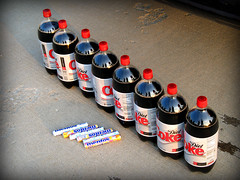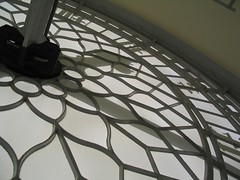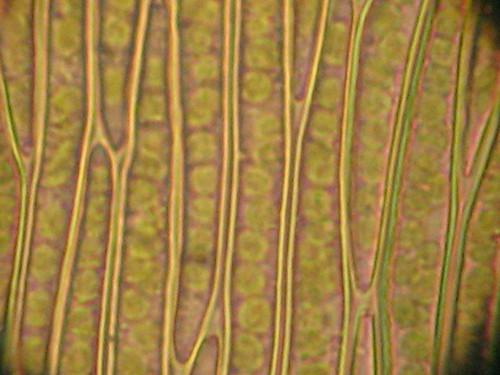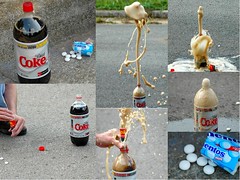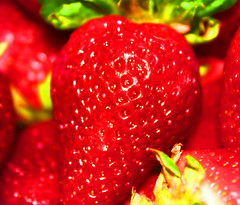
Following her return from
SAPS Ann Chapman, PT Biology KNOX ACADEMY, offered to run a CPD session for fellow Biology colleagues in East Lothian on Advanced Higher Biology Practicals. This was a very informative presentation with lots of newfangled ideas that pupils might choose to use for their investigations. Ann's ideas included the following:
1. Photosynthetic rate in algae (Scenedesmus and Chlorella) - Measuring either oxygen evolution or carbon dioxide uptake so that rates can be determined. Suggested variables that could be altered were: Colour of light, Light Intensity, Distance from lamp, Neutral density experiment, Number of balls, Ball size, Concentration of algae, Temperature, Starting [CO2] etc.
2. Micro Scale Investigations with Catalase- The advantages of this type of investigation are quick repetitions, quick microcentrifuge, small samples of tissue, series of samples e.g. from diseased vegetable, no diffusion of enzyme from disc, results are quantified and easily controlled variables. Ann's suggested investigation ideas for this practical included, variation in catalase activity during germination, inhibition of seeds, hormone treatment
Variation in catalase activity between, different tissues, different parts of plant and diseased and healthy regions plant.
3.Biosensors, A modern Use of Bacteria-Photobacterium phosphoreum is a type of bacterium which displays luminescence (i.e. it gives out visible light) You can find out how toxic a substance is by adding it to Photobacterium and measuring its brightness. The more toxic the substance, the more it will damage the cells’ metabolism and the less brightly the Photobacterium will shine. The Investigations Ann Suggestions were: Different concentrations of a pollutant, Different types of pollutants. The pollutants suitable for school are, Ethanol, Copper sulphate, Detergents and any other naturally occurring pollutants. (I think a great investigation could be using common fertilisers?)
Through out the session I took a few amateur photos on my phone. I have now added a
flickr badge (top right) to my page so take a peek!
It was an informative afternoon enjoyed by all, thanks Ann! I have more links and pictures to upload which I will do tomorrow morning. Must dash as I have an appointment to share some 'Good Practise' with an old colleague of mine, Sharon Gallagher. Topic?
'Products of fermentation' Location
'The Omni Centre'.
Have a great weekend!
If you would like more information or have any queries please get in touch tessawatson@tessawatson.com




